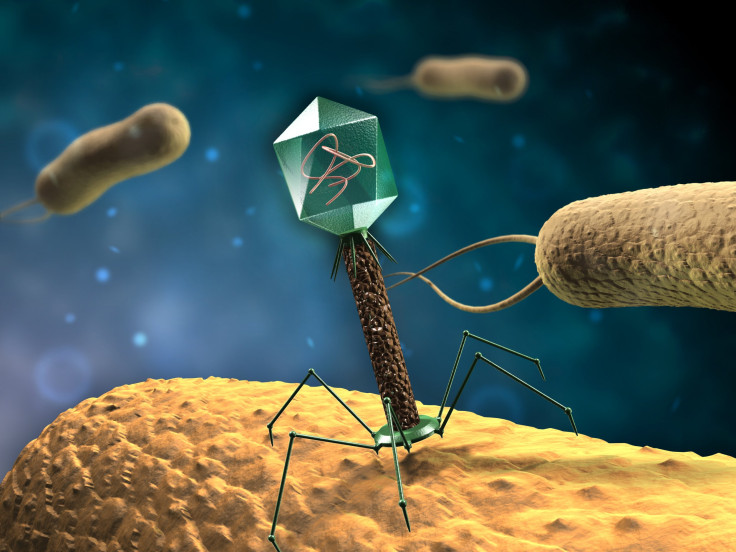Bacteria-Killing Protein Could Help Fight Antibiotic-Resistant 'Superbugs'

Imagining a world where previously conquered illnesses — most profoundly the bubonic plague — reemerged as a major health issue could be horrifying for some, and unfortunately, it could one day become a reality, as bacteria develop stronger resistance to antibiotics. Thankfully, there’s hope in sight: In a recently published study, researchers describe the discovery of a protein that could kill these so-called superbugs and usher in a new era of antibiotic treatments.
The Centers for Disease Control and Prevention (CDC) released a report in September, bringing attention to three particularly antibiotic-resistant bacteria: Clostridium difficile, Carbapenem-resistant Enterobacteriaceae, and Neisseria gonorrheae. In the report, the CDC emphasized the importance of reducing antibiotic misuse or overuse — either one allows allows bacteria to become increasingly resistant, and these three strains are already resistant to most, if not all, antibiotics. Other bacteria that were labeled as a threat, albeit not as urgent, included various strains of Salmonella, Staphylococcus aureus, Streptococcus pneumonia, and tuberculosis.
The October breakout of Salmonella Heidelberg offers a perfect example of a real-world scenario, highlighting the urgency of developing new antibiotics, and reducing the chances of current antibiotics becoming obsolete. Seven strains of the bacteria, which was traced back to three Foster Farms processing plants in California, sickened 389 people, and caused 40 percent of them to be hospitalized — 20 percent more than a typical Salmonella outbreak, Barbara Reynolds, a CDC spokeswoman, told USA Today. The reason for so many hospitalizations: antibiotic resistance.
Bacteriophages Fight Off Bacterial Infection
“To stay ahead of bacterial resistance, we have to keep developing new antibiotics,” Dr. Udi Qimron, of Tel Aviv University’s Department of Clinical Microbiology and Immunology, said in a statement. “What we found is a small protein that could serve as a powerful antibiotic in the future.”
The researchers knew that bacteriophages (phages) — viruses that infect and replicate in bacteria — are harmless to humans, and looked to employ them in a way that would fight off bacterial infection. “Ever since the discovery of bacteriophages in the early 20th century, scientists have understood that, on the principle of the ‘enemy of my enemy is my friend,’ medical use could be made of phages to fight viruses,” Dr. Qimron said in the statement.
They looked at the T7 phage, which is especially virulent to Escherichia coli, a bacteria more commonly known as E. coli. Looking at the 56 different proteins found in T7, they found that one of the proteins, which was simply named 0.4, hampered cell division. The protein caused E. coli cells, which can infect a person through consumption of contaminated food, to elongate and eventually die. What’s more, the protein can work on many other kinds of bacteria, too, making it a candidate for wider application. “Potentially, this protein could be the ideal antibiotic,” Dr. Qimron said, according to Haaretz.
Before the protein can be used, scientists must develop a way for it to penetrate body tissue. Whenever phages enter the body, the spleen and liver filters them out, or on the other hand, antibodies destroy them. The researchers are hopeful though, because the 0.4 protein is far smaller than a phage, and therefore, could possibly penetrate better. If pharmaceutical companies can develop ways to deliver the protein in drug-form, Dr. Qimron says, we may have a new antibiotic to help fight resistant bacteria.
Source: Kiro R, Qimron U, Erickson H, et al. Gene product 0.4 increases bacteriophage T7 competitiveness by inhibiting host cell division. PNAS. 2013.



























